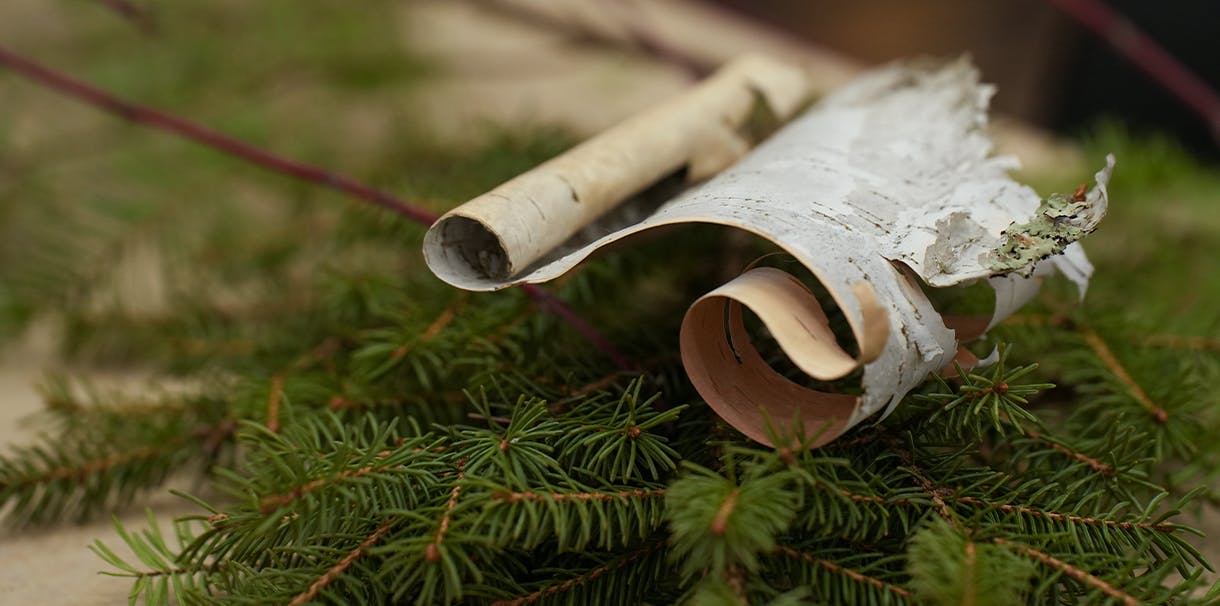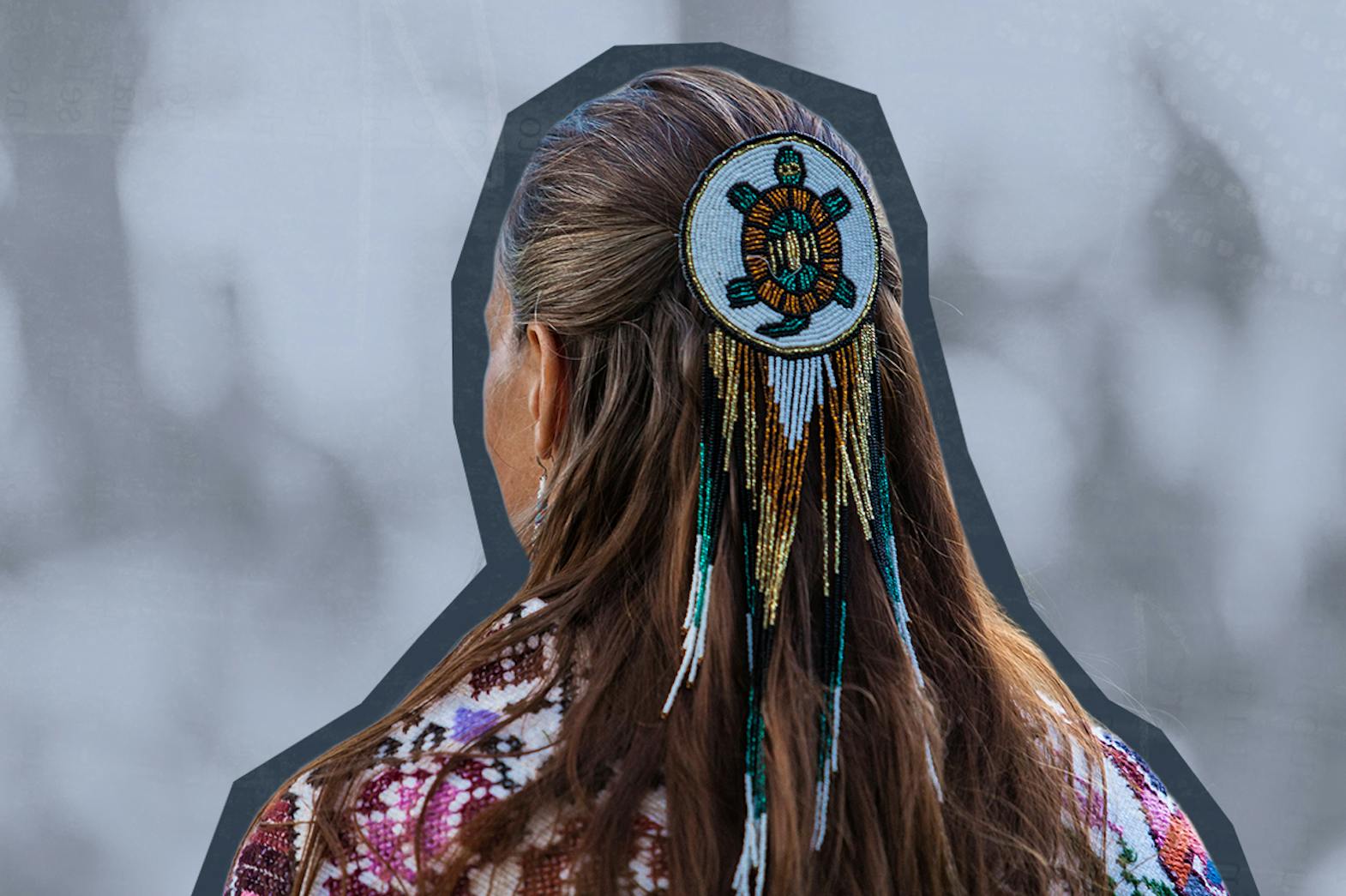Creating a visual identity is often seen as a technical exercise. But when it is grounded in culture, story, and community, it becomes something far deeper. In working with Indigenous clients and communities, design must move beyond aesthetics into relationships, listening, and shared meaning. Through deep engagement and co-creation with Elders, Knowledge Keepers, youth, and community members, a visual identity can carry community stories, represent connection, and honour the diverse Indigenous Nations it reflects.
Rooted in Learning
Leading this kind of work requires humility, patience, and ongoing learning. The process must remain anchored in the true meaning of the work, the stories shared, the generational knowledge passed on, and the community’s intentions and needs.
In these contexts, traditional design terms matter less than the feelings a design evokes, the stories it communicates, and the wisdom it carries. It is the designer’s responsibility to translate these insights into visual language as authentically and respectfully as possible.
Grounded in Ceremony
Many Indigenous-led design processes begin in ceremony, grounding the work in respect, intention, and connection. Through gatherings filled with stories, laughter, and reflection, and offerings of tobacco, fire, or water help create the foundation for trust and shared understanding.
These moments embody trauma-informed design principles:
- 1
To build trust, safety, and foster genuine connections.
- 2
To allow participants to engage fully at their own pace and on their own terms.
- 3
To take your time and do it right.
Ceremony reminds us that the design process itself can be an act of care. One that holds emotional and spiritual weight as much as creative expression.

Guided by Community
Community engagement is the heart of Indigenous visual identity design. Sessions often take place in community spaces, learning environments, or cultural centres, where the land, plants, and natural materials—such as cedar or sage—help ground discussion. Designers listen deeply, amplify voices, and prioritize community wisdom over personal preference.
Through this process, every element—colours, patterns, symbols, and stories—is carefully examined for cultural significance and thoughtfully integrated based on community guidance. Trauma-informed practices guide feedback sessions with patience, care, and attention to the vulnerability of sharing personal or cultural stories.
The goal is not to “capture” culture, but to reflect living teachings, relationships, and identities through respectful visual language.
A Living Story
When done right, this work doesn’t end with the final design. It continues as communities grow, reclaim, and evolve their stories. Meaningful design, guided by ceremony, listening, and collaboration, can be transformative.
An Indigenous visual identity is more than a logo or colour palette; it’s a vessel for connection, resilience, and storytelling. It holds the hearts, teachings, and wisdom of those who shaped it, reflecting an ongoing journey of learning, representation, and care.
Community-led design keeps these visual identities rooted in the people and stories they represent—evolving with the community, not apart from it.




